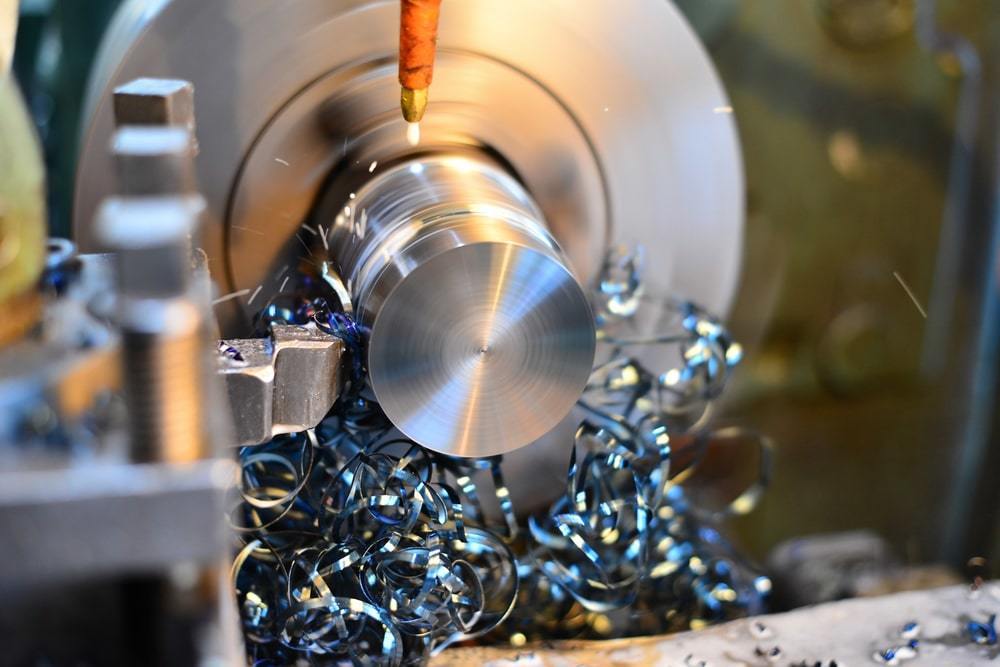Fasteners and Machining: Improving the Manufacturing Refine
Grasping the Art of Fasteners and Machining: Advancements and Best Practices
In the world of commercial production and engineering, the proficiency of bolts and machining is a foundation of guaranteeing architectural integrity, performance, and long life in different applications. Join us as we explore the newest improvements and delve into the nuanced globe of mastering bolts and machining, discovering key insights and techniques that can raise your strategy to design options.
Advancement of Fastening Technologies
Throughout the commercial change and into the modern era, the evolution of attaching modern technologies has been noted by continuous improvements in efficiency and reliability. Fasteners, such as screws, bolts, and rivets, play a crucial duty in numerous sectors, including auto, aerospace, building, and electronic devices. The demand for stronger, a lot more resilient, and easier-to-install attachment solutions has driven innovation in the field.
One considerable growth has actually been the shift in the direction of precision machining methods to produce fasteners with greater resistances and exceptional efficiency. This change has actually allowed makers to produce fasteners that fulfill strict high quality criteria and offer raised resistance to rust and tiredness.
Additionally, the intro of innovative products, such as titanium alloys and compounds, has transformed the capabilities of bolts. Fasteners and Machining. These materials provide exceptional strength-to-weight ratios, making them ideal for applications where minimizing weight is critical without endangering structural integrity
Advancements in Machining Methods
In the realm of industrial manufacturing, the continual evolution of machining approaches has paved the method for unmatched precision and performance in the production of fasteners. This precise control enables manufacturers to produce complex and detailed fastener layouts with convenience.

Furthermore, the adoption of multi-axis machining facilities has made it possible for synchronised cutting operations from various angles, even more boosting efficiency and reducing manufacturing times. By utilizing these advanced machining techniques, manufacturers can meet the raising demand for premium bolts while maintaining cost-effectiveness in their operations.
Selecting the Right Fastener Materials
Picking the suitable material for fasteners is an essential decision that dramatically affects the performance and durability of the set up components. When choosing the appropriate fastener material, several click reference variables need to be thought about to ensure the durability and dependability of the last item. The product chosen should be compatible with the environmental problems the fasteners will certainly be exposed to, such as temperature variants, wetness degrees, and destructive aspects.
Typical materials utilized for fasteners consist of stainless steel, carbon steel, titanium, and aluminum, each offering one-of-a-kind properties that suit various applications. Carbon steel is a cost-efficient option ideal for lots of general-purpose applications.
Enhancing Accuracy in Machining
Attaining ideal precision in machining is vital for making certain the top quality and performance of machined elements. To boost accuracy in machining, producers employ a range of sophisticated techniques and technologies.
Along with CNC machining, using sophisticated cutting devices and device holders can likewise dramatically boost precision. High-grade cutting devices with innovative coverings reduce friction and wear, bring about extra specific cuts and dimensional accuracy. Additionally, executing rigorous high quality control measures throughout the machining process, such as regular evaluations and calibration of equipment, helps preserve constant accuracy levels. By prioritizing accuracy in machining, makers can achieve remarkable product quality, tighter tolerances, and boosted overall performance of machined parts.

Ideal Practices for Fastener Installation
Accuracy in machining plays an essential role in guaranteeing the reliability and longevity of fastener installments. When it comes to best methods for bolt installment, one key facet is the correct option of fasteners based on the certain application he said demands.
Additionally, ensuring that the fastener strings are complimentary and tidy of particles prior to setup is important to attaining a safe and secure and efficient link. By sticking to these ideal methods, suppliers can optimize the stability and efficiency of their fastener setups.
Verdict
In verdict, the advancement of attaching technologies and improvements in machining methods have actually substantially boosted the performance and effectiveness of fastener setup procedures. By picking the appropriate bolt products and boosting accuracy in machining, manufacturers can achieve ideal lead to their operations. Following ideal techniques for fastener setup is critical in ensuring the resilience and dependability of settings up. Generally, grasping the art of fasteners view and machining includes continuous development and adherence to finest methods.
In the world of commercial manufacturing, the continuous advancement of machining approaches has paved the means for unmatched precision and performance in the manufacturing of fasteners.Accuracy in machining plays an essential duty in making sure the reliability and long life of bolt installations. When it comes to ideal methods for fastener setup, one key facet is the appropriate selection of bolts based on the particular application requirements. By selecting the right bolt materials and boosting precision in machining, manufacturers can accomplish optimal outcomes in their operations. On the whole, grasping the art of bolts and machining includes continual development and adherence to ideal methods.